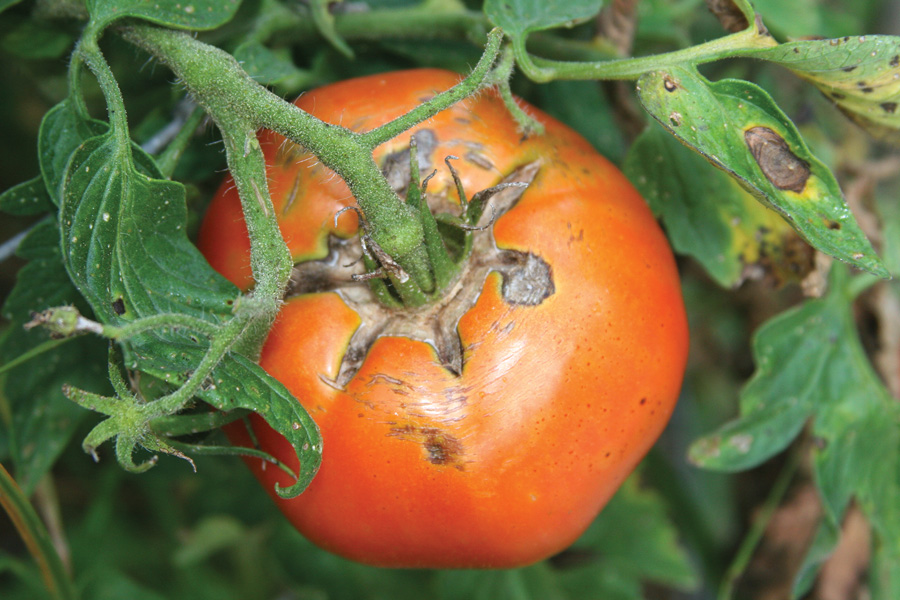Entomology
-

Many types of fruits and nuts can be grown in Georgia due to our mild climate. This publication provides an outline of the culture and management of the exotic and uncommon fruits and nuts that can be grown in Georgia.
Gerard W. Krewer and Bob Westerfield
|
-

This resource helps readers identify and manage tawny crazy ants, a highly invasive species from South America. The ant somewhat resembles invasive Argentine ants (also known as sugar ants).
Dan Suiter
|
-

This publication is designed for small market growers, homeowners, and Master Gardeners in order to be a quick reference guide for diagnosing common problems in vegetables.
S. Kris Braman, Bob Westerfield, and Elizabeth L. Little
|
-

Although rare, Formosan subterranean termite infestations have been found in Georgia. Formosan termites are not native to the U.S. They are commonly spread by movement of infested railroad crossties used in the construction of retaining walls and other landscape features.
Dan Suiter
|
-

This quick reference guide provides an overview of common pests and predator groups and their sizes, habitat preferences, and timing in cotton fields. This visual guide is intended to help facilitate future scouting and provide information on common predatory arthropods in Georgia cotton systems. When growing cotton, scouting for key pests and beneficials is critical to making informed and cost effective management decisions.
Phillip Marion Roberts, Melissa Clarice Thompson, Jason Schmidt, and Michael D Toews
|
-

C 926
Argentine Ants
This resource will help readers identify Argentine ant infestations and manage them around their homes and landscapes.
Dan Suiter and Brian T. Forschler
|
-

C 929
Carpenter Ants
This resource discusses the most effective methods to prevent and control carpenter ants in and around your home.
Dan Suiter and Brian T. Forschler
|
-

This resource introduces the effective and environmentally friendly use of trap crops as an alternative to controlling damaging insects in the vegetable garden. Trap crops are sacrificial plants that can draw damaging insects away from valuable crops.
Bob Westerfield and S. Kris Braman
|
-

Blackberries and raspberries are one of the most popular fruits to grow and they are among the easiest for the home gardener to successfully produce. Blackberries and raspberries come as erect types (no trellis required) and trailing types (trellis required), depending on the varieties selected. This publication discusses growing raspberries and blackberries in a home garden.
Marco T. Fonseca, Dan L. Horton, Gerard W. Krewer, Bob Westerfield, and Phillip M. Brannen
|